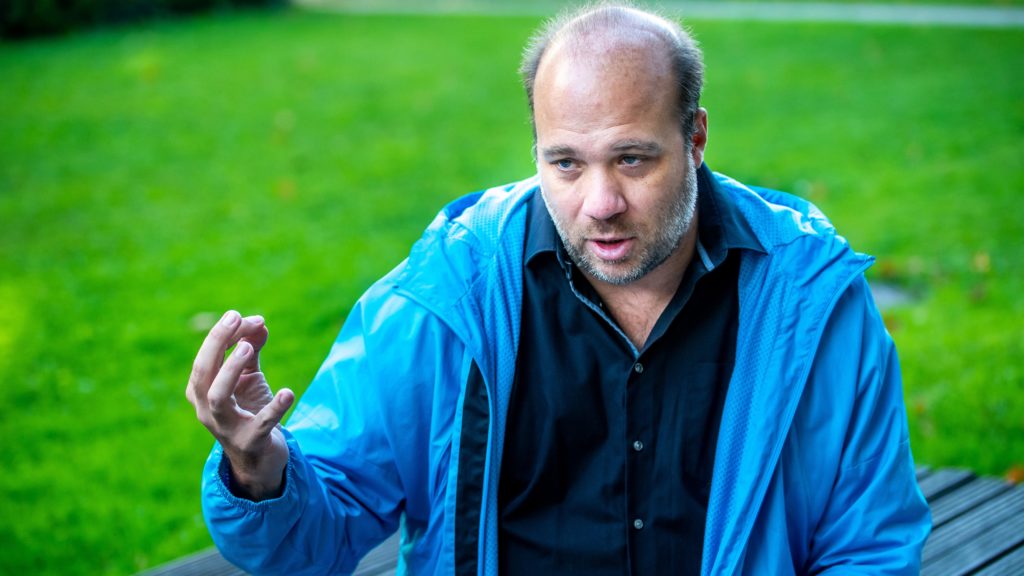Lecturer: Prof. Luc Steels
Fields: Artificial Intelligence, Consciousness
In 2021, Blake Lemoine, a software engineer at Google, and responsible for testing a chatbot LaMDA (Language Model for Dialog Applications) came to the conclusion that LaMDA was sentient, in the sense of being conscious. Since then many other users of generative AI systems, in particular ChatGPT, have reported similar experiences and the topic of machine consciousness suddenly became ‘salonfähig’, with neuroscientists and philosophers pitching in to define requirements for machine consciousness and whether or not this might ever be possible – although mostly concluding that current AI systems do not qualify as conscious agents. What are we to make of all this?
This talk intends to bring this discussion to IK, a forum exceptionally well adapted to have groundbreaking multi-disciplinary open discussions. I will argue for a vision of the mind as a dense network of complex adaptive networks, operating at different layers, from living embodiment to sentience, cognition, sapience and consciousness. The networks are autonomous and autopoietic. In other words, they develop on their own account and remain in a constant state of becoming, grounded in embodied action on the one hand and cooperation and competition with other agents on the other. We will then discuss consciousness from the point of view of this framework, reflecting on measures of awareness, the role of language, what consciousness might be for, non-ordinary states of consciousness, moral consciousness, a.o. In this vision there is no single ‘I’, no physical conscious substance à la Penrose or Faggin, no intelligence without grounding or social interaction, no understanding without meaning.
The goal of this talk is not to announce a new gospel but to stimulate the discussion and, in particular, become more disciplined and careful in attributing consciousness or other mental qualities to machines.
Lecturer

Luc Steels is a prominent figure in the field of artificial intelligence and cognitive science, known for his influential academic career. He has made significant contributions to various areas, including computational linguistics, robotics, and artificial life. His research has focused on the development of artificial systems capable of language evolution and cognitive processes, pioneering the use of robots and computer models to study language emergence. Throughout his career, he has held esteemed positions at institutions such as the Vrije Universiteit Brussel and the Sony Computer Science Laboratory. Luc Steels’ work has had a profound impact on our understanding of the origins of language and the evolution of intelligent systems.








